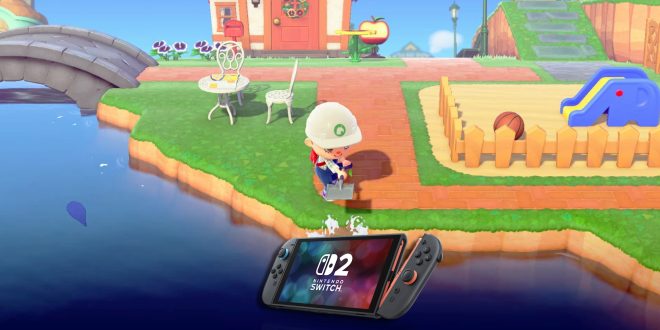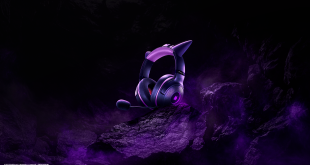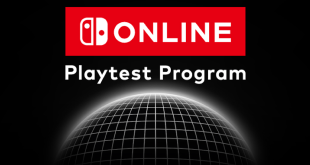Nintendo’s fanbase is buzzing with excitement! Rumors are swirling about the next generation of the beloved Switch console. And guess what? It looks like Nintendo is working hard to make sure all your favorite games will be ready to make the jump with you. There’s growing evidence suggesting they’re ensuring backwards compatibility. How, you ask? Well, keep reading to find out!
Backwards Compatibility: A Key Strategy
Evidence from Recent Game Updates
Ever noticed those little updates for your Switch games? Sure, sometimes they’re just bug fixes, but what if they’re more than that? Think about it. Recent updates for games like Animal Crossing: New Horizons and Mario Kart 8 Deluxe seem to have some sneaky optimizations. They don’t really change how the games run on your current Switch, but maybe, just maybe, they’re getting them ready for the next-gen console! It’s like Nintendo is giving these games a little spa day to get them in tip-top shape for a more powerful system. Clever, right?
What Backwards Compatibility Means for Players
Let’s be real, backwards compatibility is a HUGE deal. Imagine having to buy all your games again just to play them on a new console. Nightmare fuel! With backwards compatibility, you can bring your entire digital library with you. Plus, it’s a great way to entice current Switch owners to upgrade. Who wouldn’t want to play their favorite games with potentially better graphics and performance? It’s a win-win!
The Technical Challenges and Solutions
Emulation vs. Native Support
Now, here’s where things get interesting. How exactly will Nintendo make this backwards compatibility magic happen? They’ve got two main options: emulation or native support. Emulation is like using a translator – the new console pretends to be the old one so the games can run. Native support is more like teaching the new console to speak the old games’ language directly. Both have pros and cons. Emulation can be tricky and might not always be perfect, but native support can be a lot of work. Which path will Nintendo choose? Only time will tell!
Potential Performance Enhancements
Okay, let’s dream a little. A more powerful Switch could seriously boost existing games. Think sharper graphics, smoother frame rates, and faster loading times. Remember waiting, like, forever for The Legend of Zelda: Breath of the Wild to load? Imagine that wait practically gone! It could breathe new life into some of our favorite titles and make them feel brand new all over again. I’m already excited just thinking about it!
Implications for the Future of the Nintendo Switch Ecosystem
A Seamless Transition for the Player Base
Backwards compatibility isn’t just about playing old games; it’s about keeping the Nintendo family together. It shows that Nintendo cares about its fans and wants to make upgrading as easy as possible. And let’s face it, a happy player base is more likely to stick with Nintendo. It’s all about that loyalty, right?
Continued Support for Existing Titles
If the next Switch is backwards compatible, it means Nintendo will probably keep supporting older games. We might see updates, DLC, and even new content for games we already own. That’s awesome! It extends the life of our favorite games and gives us even more reason to keep playing. Who knows, maybe we’ll even see some classic games get a fresh coat of paint!
So, there you have it! Nintendo seems to be laying the groundwork for a smooth transition to the next Switch. Backwards compatibility is a smart move that could benefit both Nintendo and its fans. It’s all speculation at this point, of course, but the signs are definitely there. Will they pull it off perfectly? Only time will tell. But one thing’s for sure: the future of Nintendo looks bright, and I, for one, am super excited to see what they have in store for us. What do you think? Are you excited about the possibility of backwards compatibility? I’d love to hear your thoughts!
 Cloudabouts
Cloudabouts




